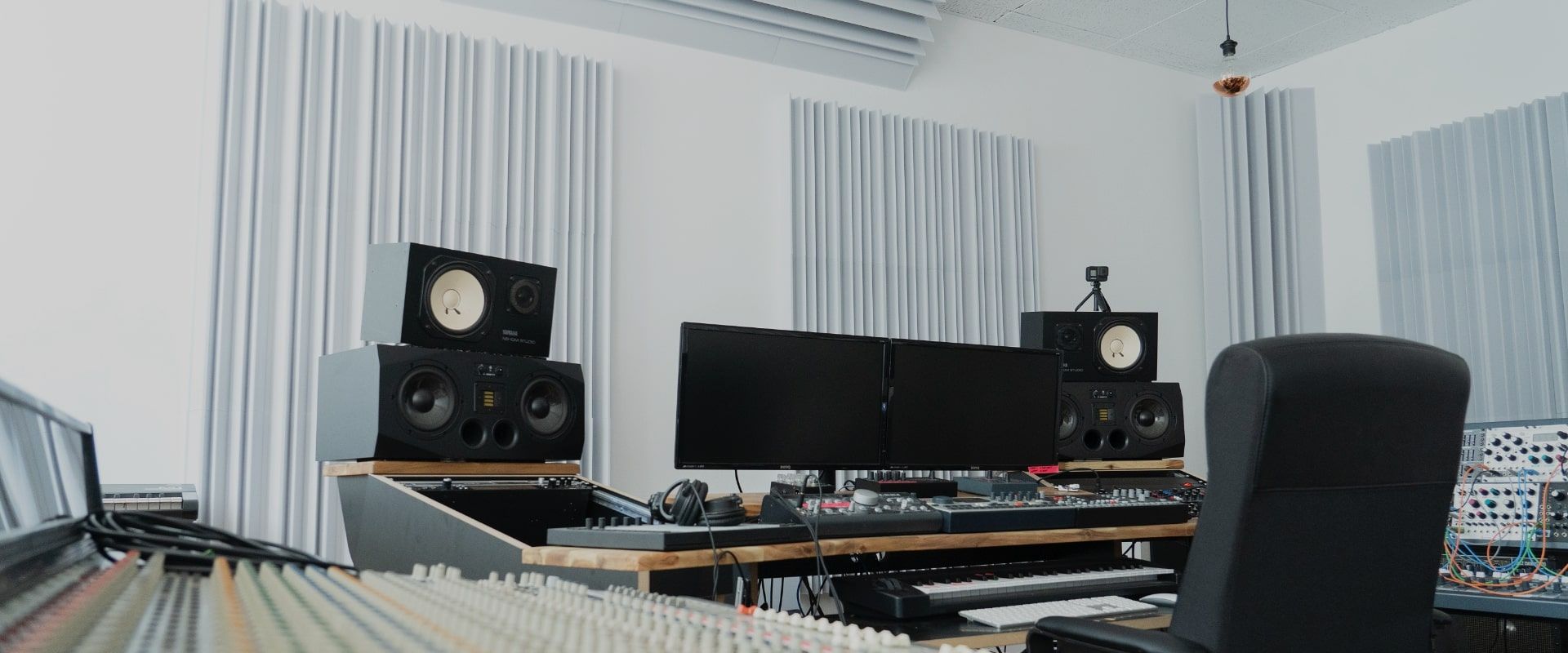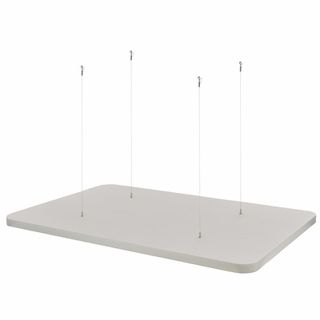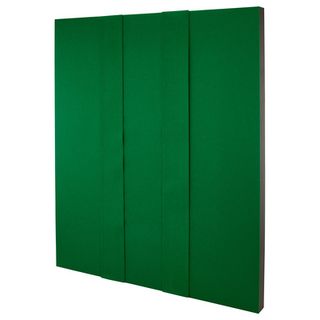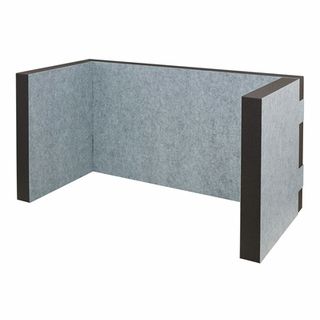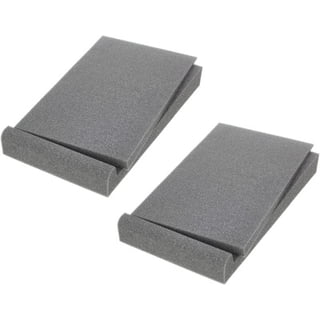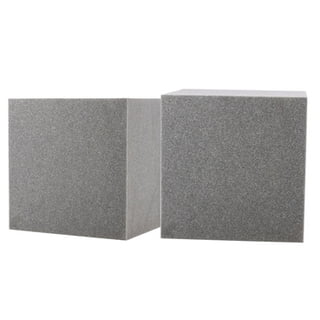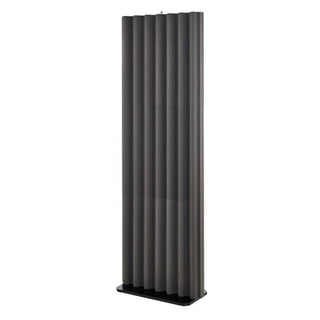Building a recording studio – The new SINEE Studio!
How does it work, from a reverberant, empty room to a professional audio studio? Björn Torwellen and Thorge from SINEE show you with the t.akustik Producer Set M Premium.
User Story Florian Meindl
Florian Meindl is a multi-talented artist known for his technical prowess. Producing music for over 20 years, Florian has become a respected figure in the industry. Check out how his new studio in Berlin was acoustically equipped.
User Story Opposition Studios
We equipped a professional audio regie at Opposition Studios in Bonn, Germany with our Producer Roomset S Professional.
User Story Raffi Balboa
Producer and musician Raffi Balboa from German band OK KID shows you how to install the Producer Room Set M advanced! Follow Raffi Balboa as he sets up and optimizes the sound of his new studio in Cologne with the help of our new all-in-one acoustic upgrade package!
User Story Josi & Stefan
Josi Miller and Stefan Heinrich are two producers and DJs from Berlin. In their home studio, they produce for their joint project Import-Export, among others. In their user story they show you how they equip and optimize their home studio with the t.akustik Producer Set M Basic.
User Story Till Zock
Producer Till Zock shows you how he installs and uses the t.akustik Producer Set S Premium. The problem: The building is partially historically protected.
User Story Gizem & Sam
Gizem Adiyaman and her boyfriend Sam, two DJs from Berlin, show you how they equip their home studio with our Producer Set S Advanced and optimize it sonically.
